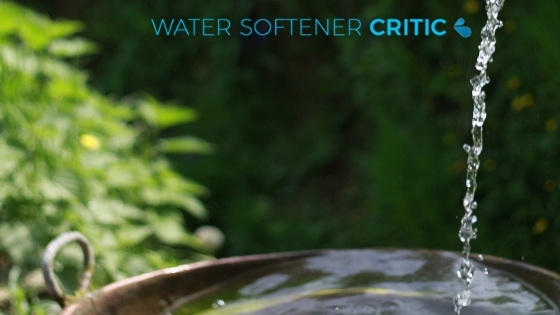
Life is tough enough without hard water. If you don’t know how hard water may be affecting you, you need to read this article. Your skin, your dishes, and your entire family will thank you.
What is hard water? How is it affecting your life? And the life of your household? Is your water hard? How do you know?
Understanding hard water, its effects, and your options for dealing with it can literally change your life.
What Exactly Is Hard Water?
In its simplest terms, water is considered “hard” when it has a high mineral level. As water naturally travels through the earth, it can pass a lot of calcium or magnesium carbonates, such as limestone.
While this is in some sense natural, it still poses practical and sometimes serious risks. Remember, water his H20. Anything more than two hydrogens and one oxygen atom is something beyond water.
Industrial organizations face breakdowns in water cooling or heating systems. In our home, the wrong contaminants can be bad for our bodies. While minerals are not typically bad for you, they can bring bacteria with them.
Water can even pick up contaminants in your home when they travel through corroded pipes. Well water is typically considered hard water. In fact, 85 percent of homes in the United States have hard water.
Am I One of Them? Try The Bathtub Test
We will discuss ways to test your water, but there are some practical ways to always keep your eyes (and other senses) open.
1. Does your bath water smell funny? Water does not stink, so an odor indicates something extra in the water. Sometimes water has a “rotting” smell.
Other times you can taste it – not your bathwater of course. You may taste something metallic or even sour. If it reminds you of when you got a mouth full of dirt as a kid, it may, in fact, be dirt or other sediments.

No one likes to drink water with a funky smell or flavor. But that’s just the beginning of your problems.
2. Ring around the tub? A red ring around the tub or other red stains on dishes, etc., may mean there is too much iron in your water. Such stains do not remove easily.
3. Speaking of bathing, be alert in the tub. Hard water is not a friend of soap. Do you ever feel like you cannot get all the soap rinsed off after a bath or shower? That is a clue.
Hard water can also damage your showerhead and affect water pressure.
4. You’re Constantly Cleaning Up Soap ScumIf it is not a ring in the tub, it might be soap scum. When the H20 evaporates, the “extras” are left behind. Be on the lookout for white spots or soap scum in the tub, on the shower curtain, or on dishes that might actually be calcium stains.
Another clue is if you simply have to clean the bathroom more often than you should.
5. How quickly does your bath water drain? Slowly draining pipes may be the result of clogging, and clogging may be the result of hard water.
As sediments accumulate inside your pipes, they narrow the flow of water. Plumbers are not cheap, so be on the lookout for any patterns of clogging.
6. As the water drains and you begin to dry, how does your towel feel? How long are your towels lasting?
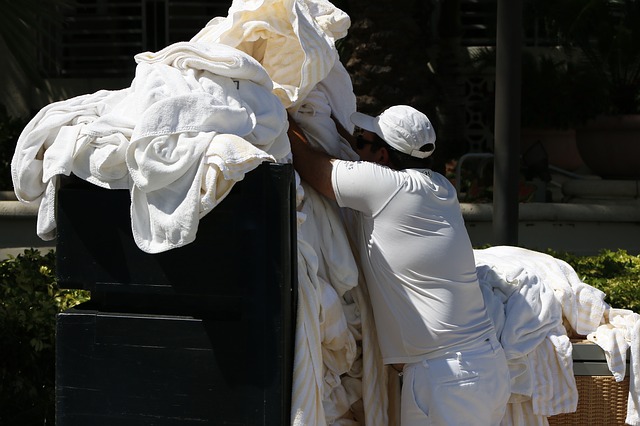
Hard water and soap not only battle in the tub, but they disagree in the washing machine too. So look at that freshly washed bath towel. Is it keeping its feel and color? Does it have an enduring life expectancy?
Also, just as iron can leave a ring in your tub, it may also stain your bath towel or other clothes.
7. How does your skin feel after the bath? Just as soap scum may be left behind on the shower curtain, it can also be left behind on your skin. Irritating!
Know your body. Itching, scratching, and eczema may or may not be the result of hard water.
8. What is the lifetime of your bathroom faucet? Or your showerhead? As sediments deposit, they can wreak havoc on items as simple as your faucets to expensive appliances such as your hot water tank.
Can you afford another washing machine and/or dishwasher as you read this article? Be alert to these things in your home.
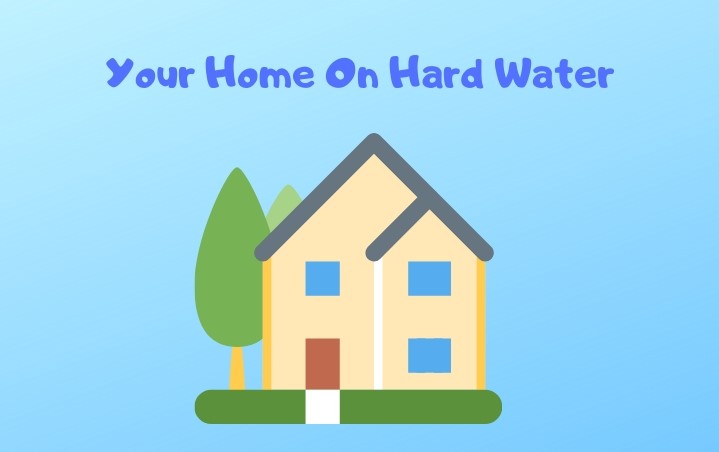
- Increased purchase of soaps, personal care products and cleaners.
- Hard water lessens the effectiveness of soaps and cleaning products by 50%.
- Spotty Glasswear
- The calcium and magnesium found in hard water leave stemware and dishes spotty-even after washing.
- Plumbing
- Plumbing hard water throughout the home leads to scale buildup, lower water pressure and clogged pipes.
- Dingy Clothing, Scratchy Towels
- Stiff clothing and towels. graying whites. faded colors and weakened fabrics are telltale signs of hard water.
- Crusty, Hard to Clean Buildup of Calcium, Lime or Rust
- White, crusty scale buildup on faucets and shower heads, decreased water flow and difficult-to-remove soap scum rings are telltale signs of hard water.
- Dry Skin and Dull Hair
- Chlorine and the soap curd created by hard water clog pores and coat follicles, leaving you with drier skin and dull, lifeless hair.
- Utility Bills
- Hard water uses up to 29% more energy to heat your water
- Appliance Damage or Repairs
- Scale buildup in water-using appliances decreases their efficiency and reduces their lifespan by 30-50%.
The Final Bathtub Question
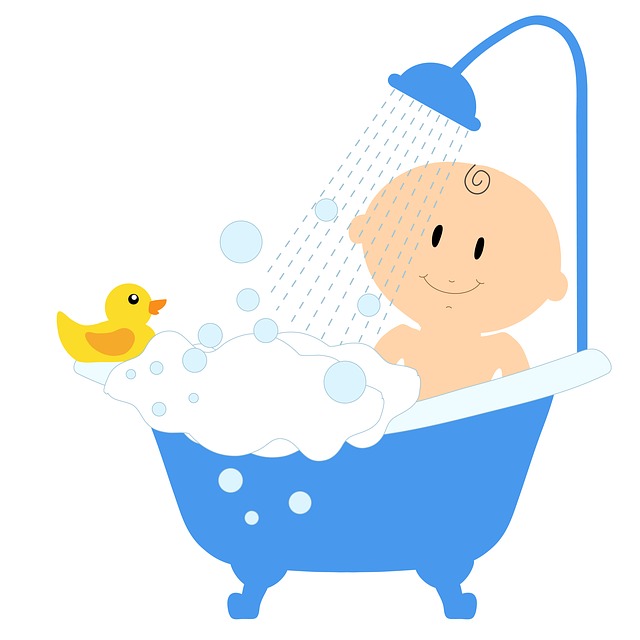
Are you getting clean?
If you are not really getting clean, why bathe? Bathing in hard water may be counterproductive.
Hard water’s relationship difficulties with soap include more than just a bar of soap or a box of laundry detergent. Think about your shampoo and even your shaving cream.
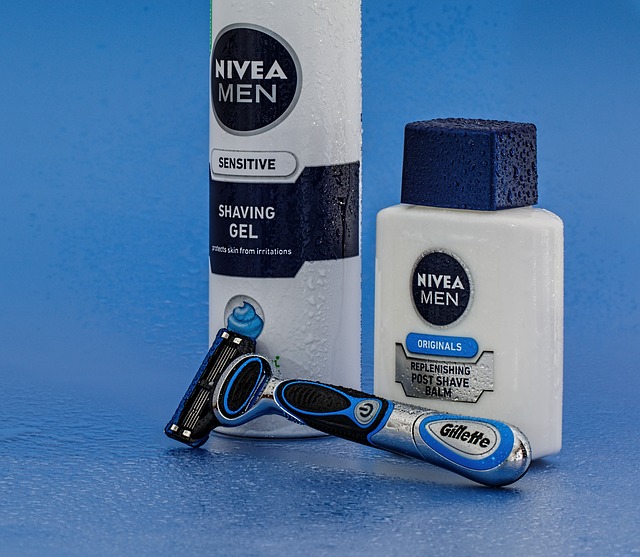
In the bathtub, you may wash away the sweat of a long day, but other deposits, like limescale, now replace them. Those difficult stains you scrub from your shower curtain may be on you after your bath.
A Hairy Problem?
Why does your hair look different after you shower in a hotel than it does after a bath in your home?
All water is different, meaning harder or softer, and that variable affects your hair. Will your hair day be one characterized by frizziness? Or dullness? Or flatness?
Part of the answer to that question is really a matter of how many minerals have been deposited on your head!
And it gets worse. Hair loss is a possibility when too much sediment buildup forms on your hair follicles.
What’s The Skinny?
Hair loss is a skin issue too because the battleground is your scalp. You know you must listen to your body, including your skin.
Does your scalp itch? Does it flake? We are quick to blame our shampoo, or else we run out and buy anti-dandruff hair wash. Your water could also be the issue.
From your scalp, consider your skin moving down the rest of your body. The same sediments that clog your hair follicles can clog your pores. Minerals can also dehydrate your skin.
Hard water can cause or else exacerbate your eczema. Sometimes laundry is your middleman. What your skin does not pick up directly from the water may be passed from the water to the laundry to you.
And after all these obstacles, it is still debatable if you are cleaner than you were before you began your bath.
Well, Well …
If you have well water, it is almost a certainty that you are using hard water. It is always advantageous to have your well water tested. Dangers lurk beyond just the hardness of the water.
It takes more than hard water test to identify dangerous bacteria or parasites. The sniff-and-taste approach is not enough for well water. Microorganisms can live in groundwater.
Continual and ongoing testing of your well water is wise. But once your well water is at its purest and safest, it is still going to be hard water.
The Hard Water Tidal Wave
An astounding number of homes in the United States have hard water. Of over 127 million US households, around 108 million have hard water.
The odds would suggest that you live in one of those households. Some of the worst hard water offenders include:
- Indianapolis, IN
- Las Vegas, NV
- Minneapolis, MN
- Phoenix, AZ
- San Antonio, TX
- Tampa, FL
Grains Per Gallon
Slightly Hard
3 Grains
Moderately Hard
3-7 Grains
Hard
7-10 Grains
Very Hard
10-14 Grains
Extremely Hard
15 + Grains
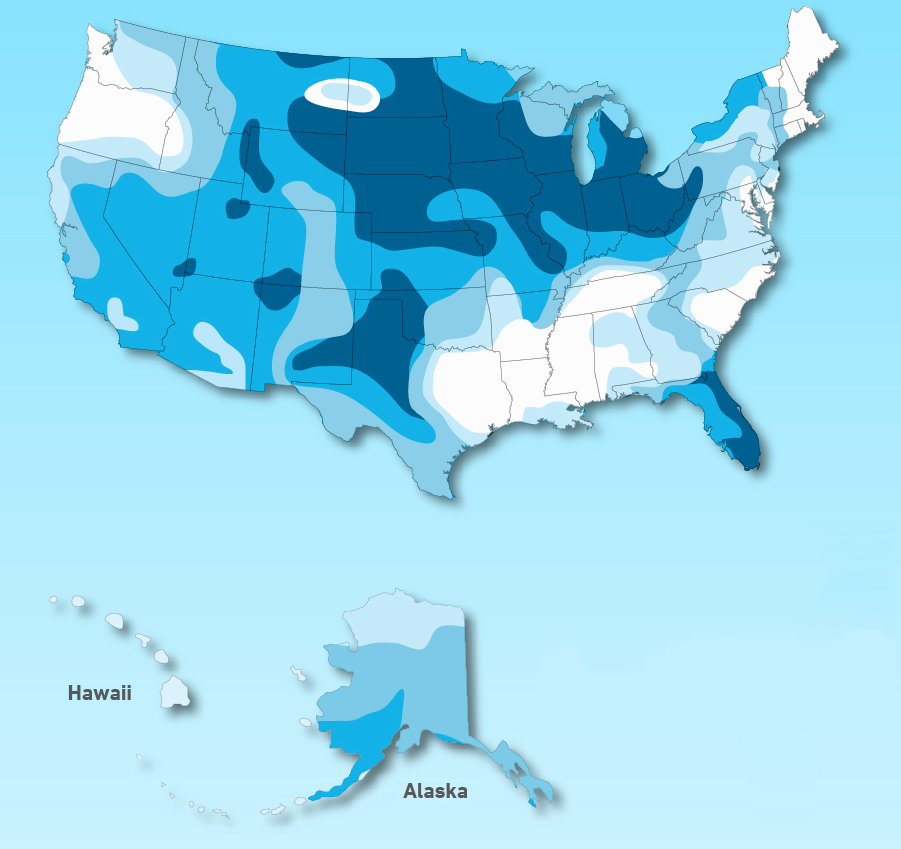
What Is Soft Water?
As we’ve learned, hard water is water with too many dissolved minerals. So what is soft water?Soft water is treated water with only one extra ion: sodium.
Rainwater is H2O. However, rain is only one stage in the water cycle. Rainwater falls into oceans, lakes, and onto the ground. As it soaks into the ground, it accumulates minerals: lime, calcium, magnesium, and others.
On their own, these minerals can make drinking water especially healthy and flavorful. So then, why soften the water?
As we have learned, hard water can be to blame for faded clothes and bath towels, tub rings, spotted dishes, and frizzy hair. Anything involving hard water and soap has consequences.
Using soft water, however, allows chores to be completed with less soap or detergent (because you get extra lather), longer clothing life, longer appliance life, better hair, and a cleaner body.

Together these things also may save significant money, and you won’t be embarrassed when your in-laws come to stay and wash under a stained shower head.
The Magic Number: How Hard Is Hard?
Water hardness is measured as GPG (grains per gallon). This unit of hardness measures one grain of calcium carbonate dissolved in 1 gallon of water. A GPG is also referred to as a Clark degree.
What does that practically mean in layman’s terms? Well, water is soft if it measures less than 1 GPG. Hard water measures 1 GPG or greater, as follows:
- Less than 1 GPG = Soft
- 1 to 3.5 GPG = Slightly Hard
- 3.5 to 7 GPG = Moderately Hard
- 7 to 10 GPG = Very Hard
- Over 10 GPG = Extremely Hard
How to Test Your Water at Home
Of the 108 million households with hard water, the average hardness is 13 GPG! That is extremely hard. Is it time to test your own water?
In your mind, you picture the tub rings, the dull laundry, and the shower curtain gunk. You had to change your shower head last year. Your showers drain slowly.
There are some simple ways to determine if you have hard water. You will need a mason jar with a lid and liquid soap.
First, fill one jar with water. It only needs to be about half full.
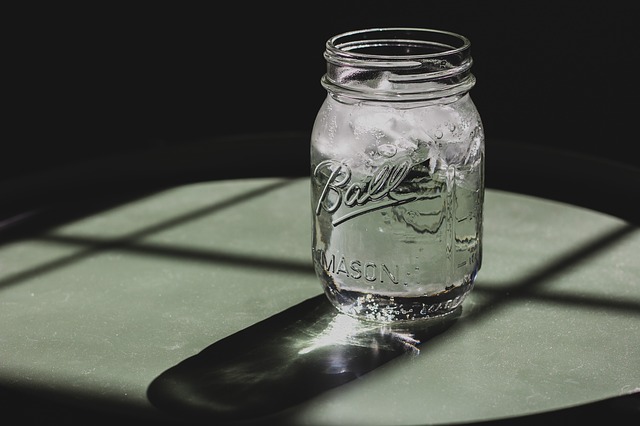
Next, add liquid soap. About 10 drops is sufficient.
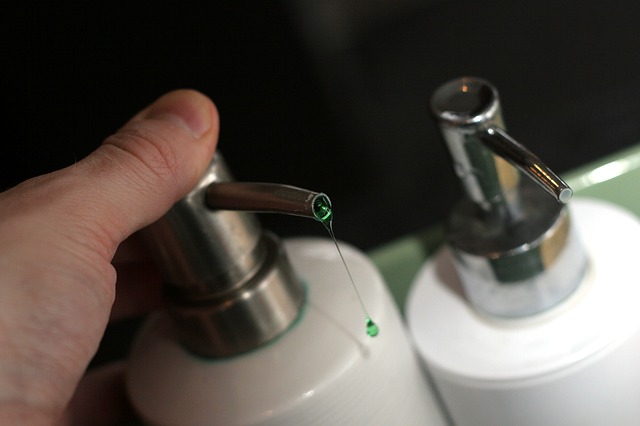
Third, tightly close the jar and shake, shake, shake! Sing the ABCs while you shake to be sure of sufficient duration.
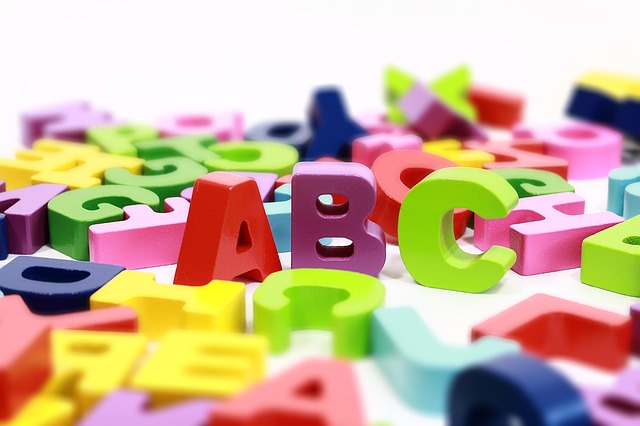
Finally, let the water settle and examine it closely. If the suds are on top of the water, and the water underneath is clear, you likely have soft water!
If you do not have noticeable suds on top of the water, add more soap and try again. The more soap you need to create bubbles, the better the chance you have hard water.
If you cannot produce plentiful suds, or if the water is murky, you likely have hard water. Of course, this test is not official, and while it may tell you whether your water is hard or soft, it cannot give you a detailed GPG number.
It also cannot identify other variables that may be at play. A professional test of your water can reveal an exact GPG, ph levels, and other items. This is especially true for households on well water.
The Water Softener: A Secret Lifeline
Is your water hard? Soften it!
Hard water is water that has dissolved lime, chalk or other minerals. Sediments or scales begin to form on all the surfaces that come in contact with your home’s water supply: tubs, appliances, clothes, skin.
A good water softener will begin to eliminate existing sediments in your pipes. Consider your hot water tank. With the proper water softener, it will require less fuel to heat your water.
Slowly but surely, water softeners will help reduce existing buildup in your pipes and appliances. Cleaner pipes and faucets can lead to fewer stains and rings on showers, sinks, and tubs.
Haircare
A presentable head of hair and alleviated skin irritation are important reasons to consider softening your water. Your soap and shampoo may lather like never before, leaving no mineral sediments on your scalp and skin.
Rinsing gets much easier when your shower heads are no longer clogged with sediments, and water pressure is noticeably stronger. Also, more lather means less use of bath products and a monetary savings.
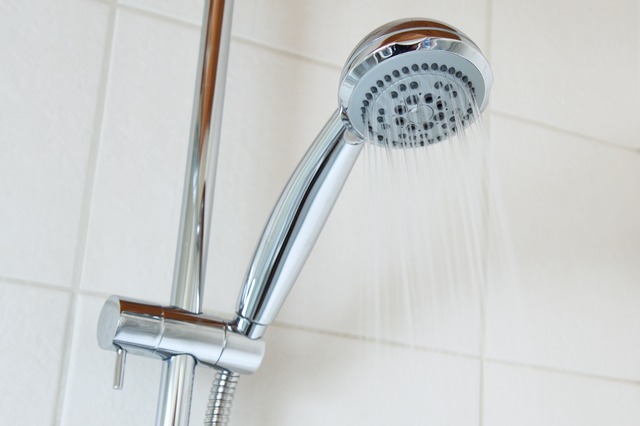
Shower heads and bath fixtures become substantially easier to clean, not to mention the dreaded shower curtain.
Laundering Perks
Bright, soft bath towels. Less detergent required. Longer towel and clothing life. These are immeasurable advantages of soft water.
Along with using less laundry detergent, you will save money on cleaning products in general, needing few kitchen cleaners and bathroom cleaners.
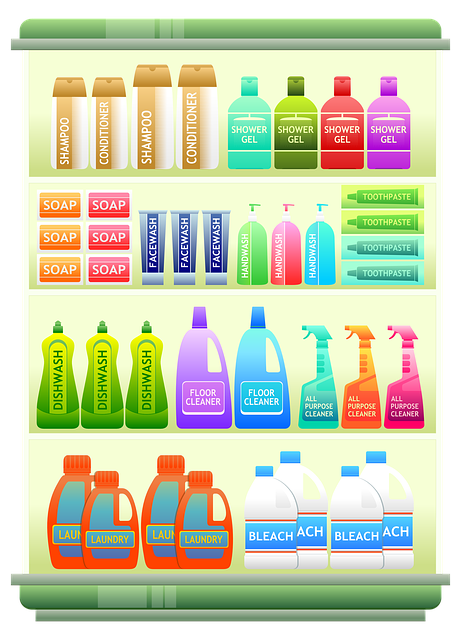
You can save on utilities like water, hot water heat, and plumbing. The savings are time, money, and effort.
Environmentally Friendly
Have you considered that fewer products can mean fewer chemicals in your house and in the environment?
Less chemical-filled water from washing machines making its way to the water cycle means generosity to streams and rivers.
How Do Water Softeners Actually Work?
Water softeners have a resin tank filled with plastic beads. The beads have a permanent charge that attract positive ions. The positive ions mingle with sodium ions on the beads. Ions such as calcium and magnesium remove the sodium ion and take its place on the beads.
Does this mean excessive sodium is being added to the soft water? Measurements consistently show an insignificant amount of sodium in the water. If you are still concerned, potassium chloride can be used in place of sodium.
How Do Water Softeners Actually Work?
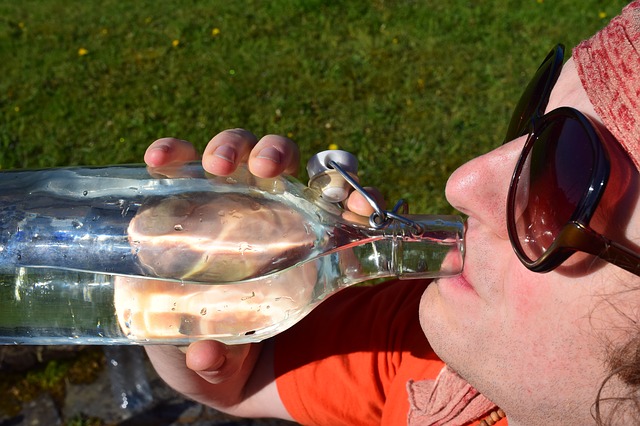
Aside from sodium fable, other myths sometimes pop up about soft water and hard water.
Some are concerned about soft water robbing our bodies of important minerals. But while most minerals are good for the body, water is not intended to be a source of minerals.
Water is a hydrator and cleanser. Minerals are gained through the foods we eat.
Others argue that soft water makes their skin feel slimy. This is particularly true of those who do not use soft water with any regularity.
Sometimes “different” does not feel right, even when different is better. In other words, we are used to dry, residue-covered skin. It is also important to realize other folks notice no difference when switching to soft water.
Another myth suggests that, while soft water is good for chores, it is not safe to drink. This argument goes back to the sodium misconception. Trace elements of sodium are not at all dangerous.
A practical and more understandable concern is that water softeners are expensive to maintain. Compared to other appliances, though, water softeners are not actually affordable, they literally save money.
A final misunderstanding is that water softeners actually purify your water. This is not true, and you need to know what you are buying. Purifiers remove all types of contaminants, but softeners reduce hardness by removing minerals and metals.
The Buyer’s Handbook
A water softener must be efficient. This will affect how much salt you must buy.
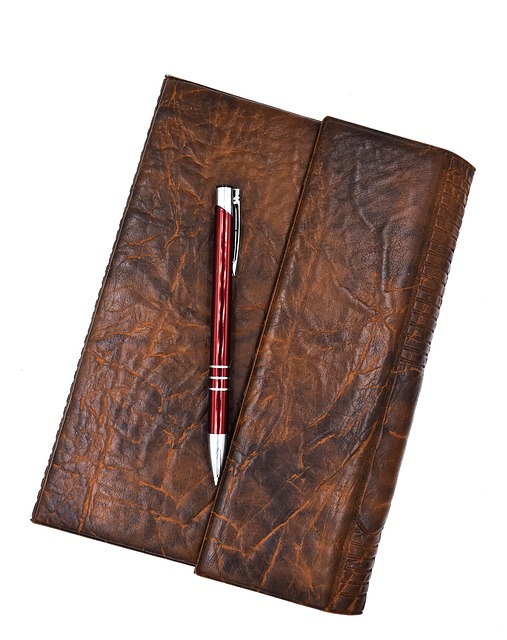
Efficiency will also be directly related to the size of your softener. Every household has a “daily softening requirement.” This measures how much hardness your softener will need to address each day.
Remember, this is measured in gpg (grains per gallon). You must know how hard your water is when shopping for a softener.
The question involves how much calcium and magnesium is dissolved in your water. Don’t size your softener by guessing! You will also need to know your GPG to program your softener.
Consumption
In addition to knowing how hard your water is, you must also know how much water your household uses. Your water bill should give you an average of monthly water use. On average, a typical person is responsible for 75 gallons of water used per day.
By multiplying your daily water use (approximately 75 gallons per person) by your water hardness GPG, you arrive at your Daily Softening Requirement.
Choosing A Softener
Usually, water softeners regenerate weekly. That means the softener cleans itself with brine water and removes the hardness minerals and sends them down the drain.
An average softener will use about 50 gallons of water to regenerate itself. If you take your Daily Softening Requirement and multiply it by seven, you arrive at the number of grains needed to regenerate weekly. For example:
- Two people are in your household: 2 x 75 gallons = 150 gallons
- Your GCG is 2.5.
- 150 x 2.5 = 375 Daily Softening Requirement
- 375 x 7 = 2,625 grains of hardness to regenerate once per week.
Plus Salt
The other variable in the algorithm is the amount of salted needed to regenerate. Be sure to know how much salt it takes for a softener to regenerate. If your grains of hardness to regenerate once per week or are very small, as in the example above, but it takes 30 pounds of salt to regenerate, you must weigh the pros and cons.
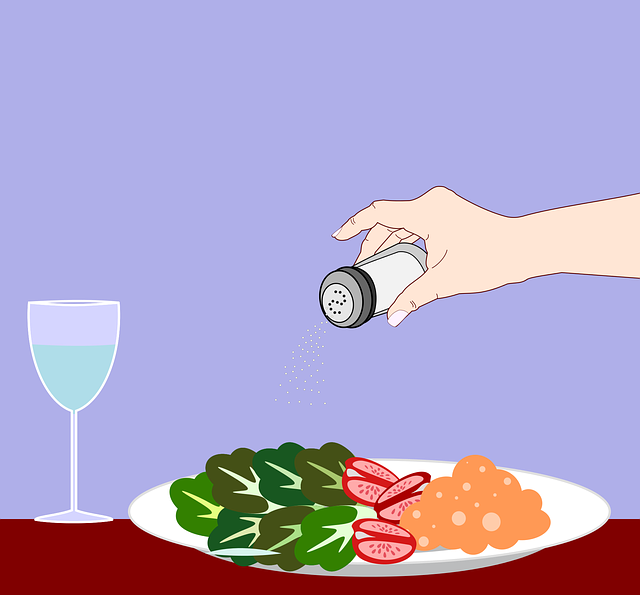
Savings can add up if you spend for a more efficient unit that may have a slightly higher price tag but requires less salt to buy and haul.
Single Tank vs. Twin Tank: The Water Softener ShowdownCommercial customers have historically used twin tank water softeners. Recently, some homeowners have opted for twin tanks in residential settings.
Is there a reason for a home to have twin tanks? Or is it an unnecessary leap?
Single Tank Softeners
Single tank softeners, commonly used in residential households, utilize one resin tank and a brine tank. The resin tank contains the beads, and the brine tank houses salt.

When the softener regenerates, it is bypassed and does not produce soft water. Usually, single-tank softeners regenerate overnight, but it is possible to reach a limit in the middle of the day to force regeneration.
It is standard for single tank softeners to offer additional capacity, essentially a plentiful amount of leeway to avoid midday regeneration. Typically the additional capacity is sufficient unless there is unusual water consumption within the household on that day.
It is also noteworthy that single tank softeners clean themselves with hard water during regeneration. It can be counter-productive.
Twin Tank Softeners
Twin tanks offer one obvious advantage over single tank systems. When one tank needs to regenerate, a second tank is available to continue delivering soft water.
Twin tanks assure continued soft water service in almost all circumstances. Twin tanks also have the ability to use soft water during regeneration, borrowing from the functional tank.
The Answer Is?

In fairness to single tank softeners, they have gotten the job done for many years in residential households. They have less hardware (meaning less needing to be fixed or replaced). They are smaller and take up less space.
Twin tank systems are bulkier and cost more. They offer more safeguards against interrupted service, but most single tank households rarely notice interruptions.
So, if you have the space, money, and desire for a twin tank system, you can’t go wrong. However, for most households, single tank systems are sufficient.
The Hookup
You have had your water tested, researched your options, had purchased the best water softener for your needs. Now you are ready to install it.
This guide will also be useful to folks switching out an old softener. If you choose to instal the softener by yourself, be sure to take your time and set your own pace. You are saving money by doing it yourself, so don’t cause any unnecessary headaches or expenses.
Fees for professional installation of a water softener can reach $500, so if you have reasonable plumbing skills, you may be wise to attempt a little DIY.
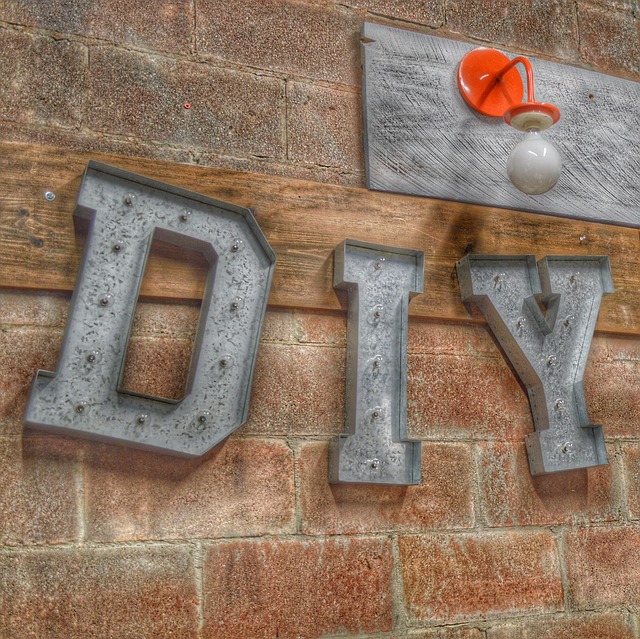
Be sure you have determined where you want your system to be housed. You need to designate a dry area near an outlet. It also must be in proximity to the water line and drainage.
If you are beginning from scratch (as opposed to a replacement), you should plan on a half-day project for installation. Based on your skill level and a couple lucky bounces, it may take less time.
Steps Required
- 1Be sure the water to the house is shut off. Open all faucets in the house and allow the pipes to drain.
- 2Locate your hot water tank. Power down the tank and remember that the softener system must spliced into the main water line before the hot water tank
- 3Using a pipe cutter, cut the main line where you want to graft the softener system.
- 4You may want to install a bypass valve to circumvent the softener system as needed.
- 5Measure the pipes as needed. Flexible stainless steel piping for hot and cold water can be a wonderful timesaver. They are readily available at hardware stores in a variety of lengths.
- 6Attach flexible pipe the softener system. (Depending on what you purchased, compressions fittings should likely be included).
- 7Securely attach the hose and run it to the drainage area.
- 8From here, refer to the manufacturer’s instructions for operation of your unit. The manufacturer’s instructions always supercede other input and may affect your warranty if not followed.
Other Options
If you purchased your softener system at a major retailer, you may likely have the option of using one of their contracted specialists to perform the installation. This is a sales pitch for the store, so you can often negotiate a reasonable installation price.
The installation price can also be included in a total package that can be financed over multiple payments. If you’re not up for the DIY, this option also removes the burden from you of finding your own plumber.
You still need to do your own research before heading to your local retailer. Don’t rely on a salesperson to know or figure out what you could have already identified.
Call The Plumber?
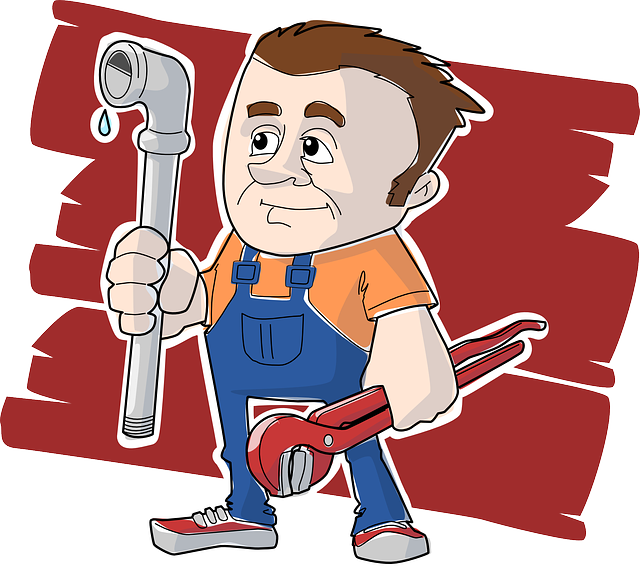
If you have a good relationship with your plumber, and you are restricted by time or energy to install the system, a certified plumber can get the job done quickly.
Again, you put the time into testing the water, researching your options, and purchasing the best water softener for your needs. Once you get it home, call the plumber.
This option gives the assurance of having a professional plumber do the job, and it may be a professional with whom you already have a positive relationship. You still have the final say in the system’s location.
In exchange for the piece of mind, plumbing is not cheap. You have to weigh the advantages and disadvantages. Since water softener installations are not emergencies, some plumbers may have a waiting period before they are available to come to your home.
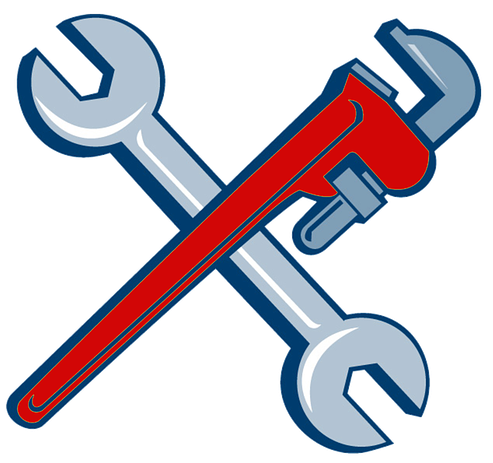
If you are not determined to hire a specific, trusted plumber, be sure to get estimates from a handful of plumbers. Don’t be afraid to let them compete for your business.
The Decision Is Yours
Your household’s water brings with it much to consider. In hard water, minerals deposit on pipes, appliances, dishes, and other items that come in contact with your water. Such scaling reduces the efficiency of your appliances.
It also negatively affects your faucets, shower heads, and bathtubs. It causes dry skin, worn clothing, and spots on dishes. Soap scum builds on shower curtains and even your skin.
Filters will not solve this problem because minerals are dissolved in the water and pass through filters. They will not precipitate until they come in contact with heat and air. It is sometimes mistaken for sand.
The minerals also assail your soap and prevent it from lathering and creating suds, causing the use and related expenses of extra soap, as well as leftover residue on your skin and clothing. The harder your water is, the more soap is required to properly lather or wash.
If you have hard water, you are faced with a decision to invest in a water softener system or to continue investing in extra soap, obstructed appliances, and worn out clothes and bath towels.
Now you are armed with the understanding of the need for a water softener and how to find and install one at home.




